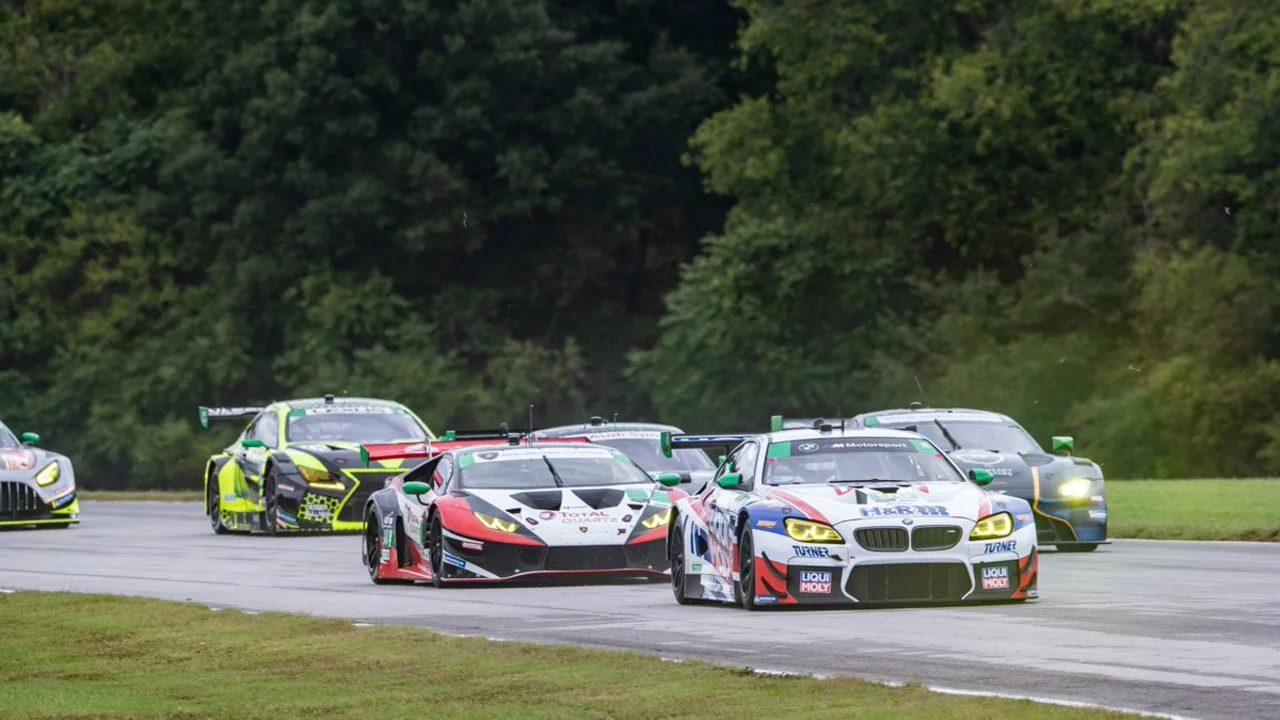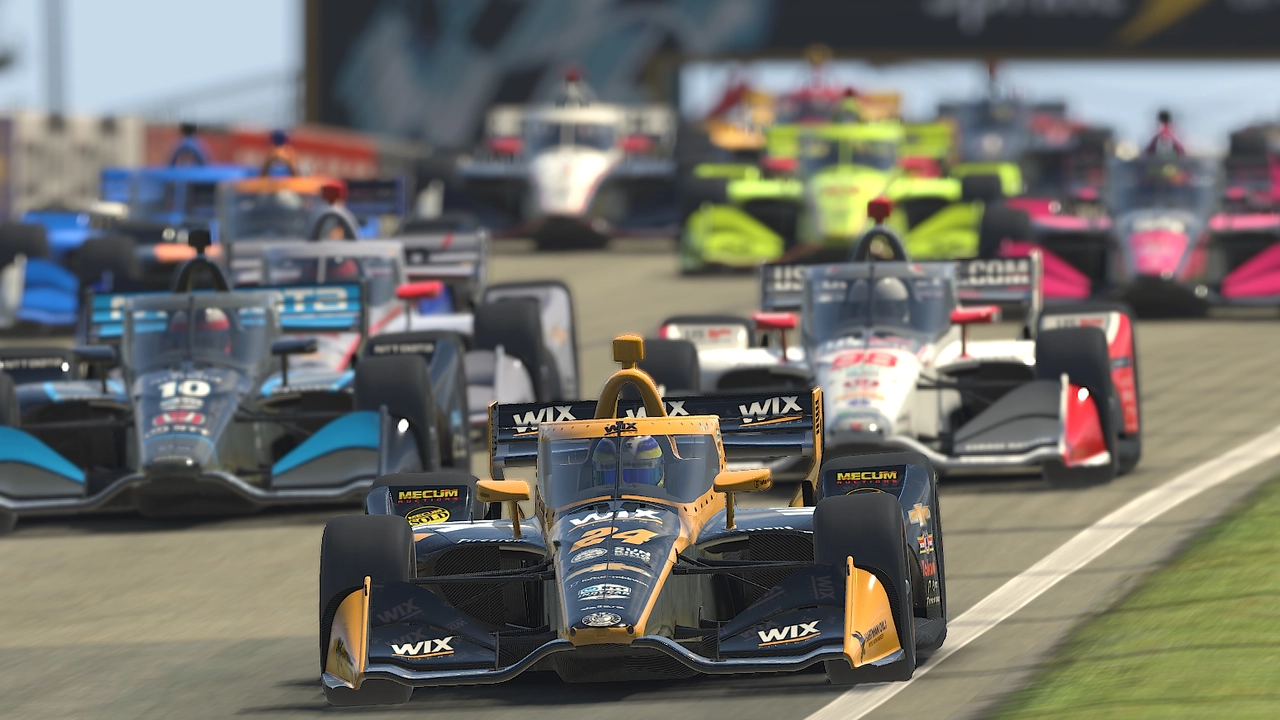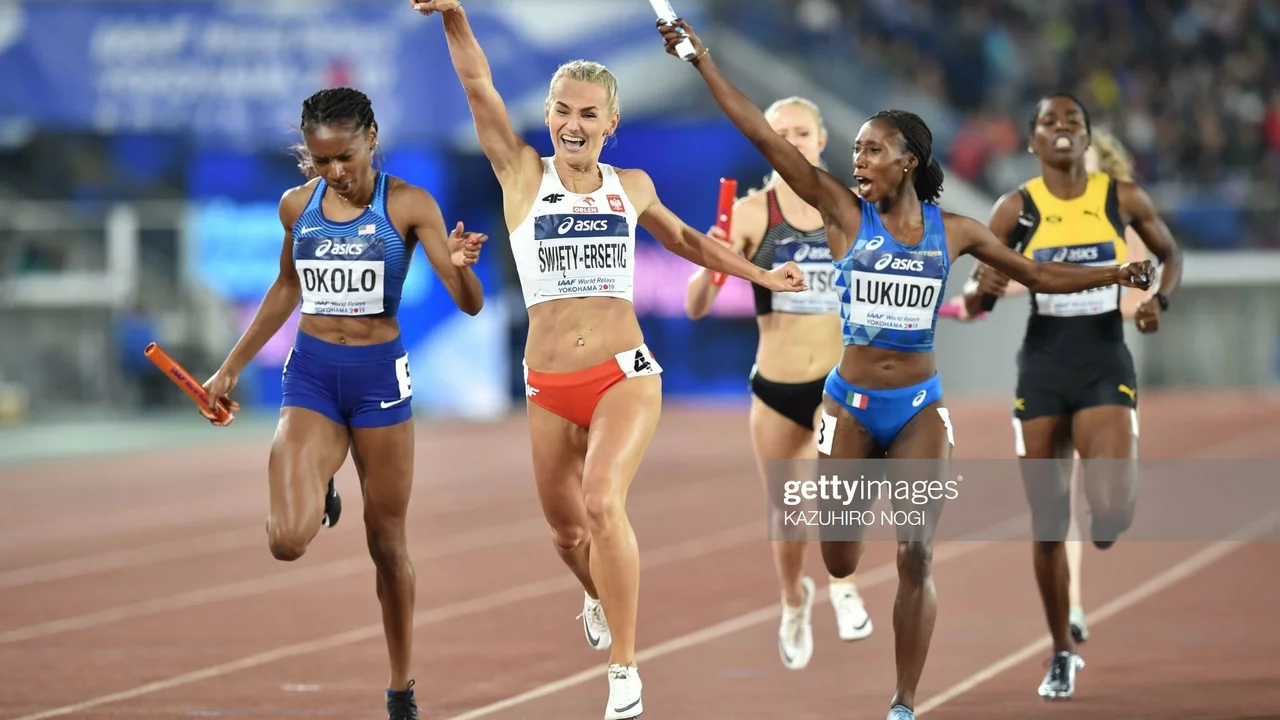July 2023 Motorsports Archive – Costs, European Views & Cute Race
Welcome back to Bath Motorsports Hub! This month we broke down three very different stories that still speak to the heart of racing. Whether you’re budgeting for a high‑speed season, trying to understand how the UK and continent view American oval series, or just need a smile from a quirky historic race, we’ve got it all right here.
How Much Does Racing IMSA/CTSCC Really Cost?
If you’ve ever dreamed of stepping into an IMSA or CTSCC car, the first thing that hits you is the price tag. A typical season can range from half a million dollars to over a million, depending on the class you pick, how many rounds you’ll travel to, and the support crew you need. Car prep alone eats a huge chunk – think engine builds, aero tweaks and regular rebuilds after each race. Then there are travel costs: flights, hotels, and shipping the car across the globe. Don’t forget entry fees, which can be a few thousand per event, and insurance, which adds another layer of expense.
Most teams split these costs among drivers, sponsors, and sometimes investors. Some larger outfits have factory backing, but privateers often rely on personal wealth or a network of smaller sponsors. If you’re serious about joining, start by calculating your budget piece by piece: car purchase, build, crew salaries, logistics, and a safety margin for unexpected repairs. It’s a massive commitment, but the rush of racing at the top level makes every dollar feel worthwhile.
What Europeans Think About NASCAR and IndyCar
Europeans have a love‑hate relationship with American stock‑car racing. A lot of fans first hear about NASCAR and IndyCar through Formula 1 coverage, and the contrast is stark. Some see the oval‑centric, close‑quarter battles as raw and exciting, while others think the lack of “real” road‑course action is confusing. The biggest hurdle is the different rule set – stages, pit strategies, and the sheer size of the cars can feel alien.
That said, interest is growing. Streaming services and social media have made watching a race from Texas or Indianapolis just as easy as a Grand Prix in Silverstone. Younger fans especially appreciate the storytelling around drivers and the community vibe at the tracks. While NASCAR still lags behind F1 in popularity, you’ll now hear more chatter about the “NASCAR effect” on car culture and even see a few European drivers dabbling in the series.
IndyCar, with its mix of ovals, street circuits and road courses, tends to get a warmer reception. The variety mirrors the European racing calendar a bit more, and the historic Indy 500 carries a prestige that resonates worldwide. Still, the biggest challenge remains exposure – without regular TV slots across Europe, many enthusiasts just skim the surface.
Beyond the big series, there’s a lighter side to racing history that still brings a grin to anyone’s face. Back in 1945, New York hosted the Turtle Derby – a race where hundreds of turtles shuffled toward a finish line. It wasn’t about speed; it was about community, fun and the sheer oddness of watching tiny reptiles crawl in a line. Thousands gathered, kids cheered, and the event became a beloved local tradition. It shows that racing isn’t always about roaring engines; sometimes the simple joy of a slow‑poke competition can capture the imagination.
So, whether you’re tallying up a serious budget, debating the appeal of American oval racing, or reminiscing about a quirky turtle sprint, July 2023 gave us a taste of how diverse motorsport culture really is. Got thoughts on any of these topics? Drop a comment below – we love hearing what fuels your passion.

How much does it cost to race IMSA/CTSCC?
Racing in the IMSA/CTSCC can be a thrilling yet expensive endeavor. The exact cost can vary greatly depending on several factors, such as the type of vehicle, level of competition, and additional expenses like travel and maintenance. On average, a season can cost anywhere from $500,000 to over $1 million. This sizable investment is why it's often seen as a sport for the financially endowed. However, for those who can afford it, the adrenaline rush and the satisfaction of competing at such a high level can be priceless.

What do Europeans think about NASCAR and IndyCar?
As a blogger, I've noted a range of opinions among Europeans on NASCAR and IndyCar. While some see them as uniquely American sports and struggle to understand their appeal, others are captivated by the adrenaline and strategy involved. The majority are familiar with Formula 1 and find it hard to compare, because NASCAR and IndyCar have a different style and set of rules. However, there's a growing interest in these sports, thanks to increased media coverage and the online streaming options. Still, it's safe to say that these sports are yet to gain the same popularity level as they have in the United States.

What is the most adorable race in history?
In my latest blog post, we delve into history to explore the cutest, most heartwarming race ever recorded. This isn't about speed or competition, but rather about the adorable contestants involved - the Turtle Derby of 1945 in New York. Thousands gathered to watch these little shelled competitors slowly make their way to the finish line. The event was a charming display of camaraderie, fun, and pure innocence. It's a reminder that races don't always have to be about winning, but can simply be about enjoying the journey and creating fond memories.